How do you get drywall smooth again?
susan_56
17 years ago
Related Stories
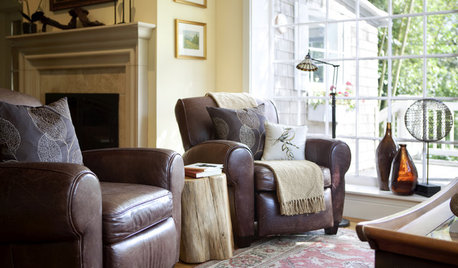
MONTHLY HOME CHECKLISTSFebruary Checklist for a Smooth-Running Home
Romancing the home includes fresh air, fresh flowers and fresh supplies — and taking timeless sickness prevention tips to heart
Full Story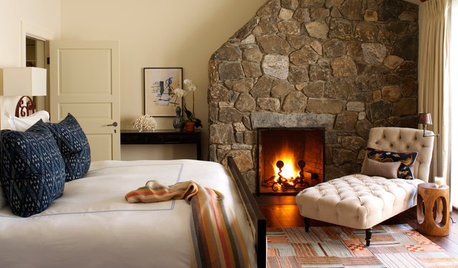
MONTHLY HOME CHECKLISTSSeptember Checklist for a Smooth-Running Home
Get ready to get cozy at home with snuggly blankets, well-stocked firewood, added insulation and more
Full Story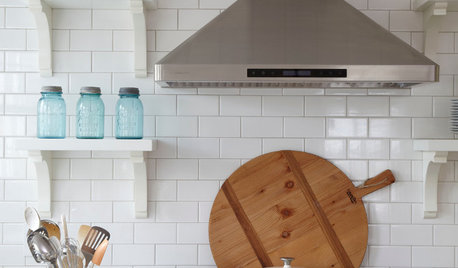
HOUSEKEEPINGMarch Checklist for a Smooth-Running Home
Get a jump on spring by spiffing up surfaces, clearing clutter and getting your warm-weather clothes in shape
Full Story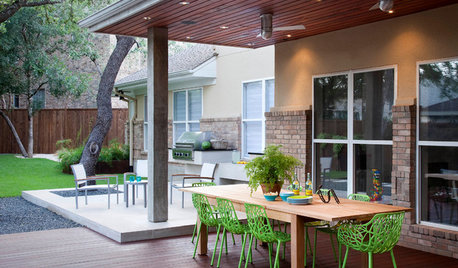
MONTHLY HOME CHECKLISTSYour April Checklist for a Smooth-Running Home
Shake off the winter blues and spring into action to get your home in the spirit of the new season
Full Story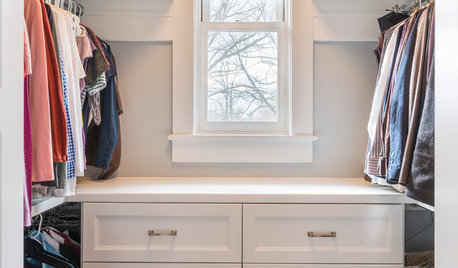
MONTHLY HOME CHECKLISTSAugust Checklist for a Smooth-Running Home
Sniff out mildew, ramp up home security and get down to other tasks before summer is over and out
Full Story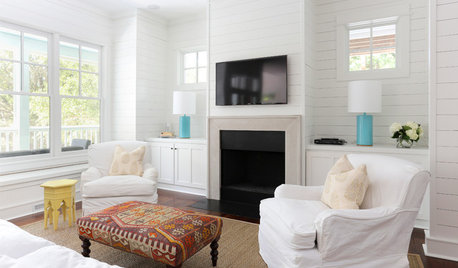
MONTHLY HOME CHECKLISTSYour May Checklist for a Smooth-Running Home
Sail through the rest of spring by spiffing up your home and getting down in the backyard with friends
Full Story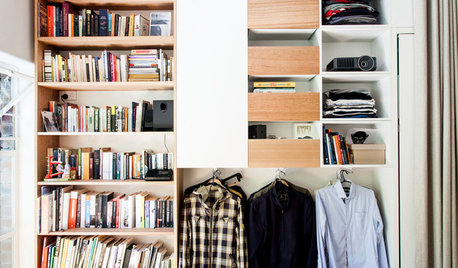
LIFELate Again? Eliminate the Things Holding You Up in the Morning
If you find yourself constantly running late for appointments, work and get-togethers, these tips could help
Full Story
ENTERTAININGModern Manners: Smooth Moves for Kids' Visits
For hosting kids or visiting with Junior in tow, we give you a plan to keep stress levels low and fun levels high
Full Story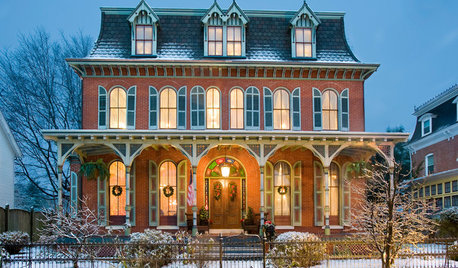
MONTHLY HOME CHECKLISTSDecember Checklist for a Smooth-Running Home
It's time to add weather stripping, plan for holiday home safety, consider backup heating, check your emergency kits and more
Full Story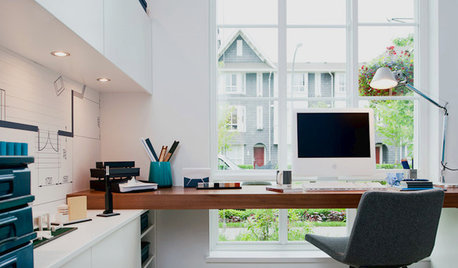
MONTHLY HOME CHECKLISTSJanuary Checklist for a Smooth-Running Home
Need help beating the postholiday blues? Launch the new year with some tidying, safety steps and maybe birdseed, too
Full StoryMore Discussions








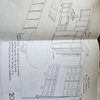


kudzu9
User
Related Professionals
Montebello Kitchen & Bathroom Designers · Newington Kitchen & Bathroom Designers · Eureka Kitchen & Bathroom Remodelers · Sioux Falls Kitchen & Bathroom Remodelers · Sharonville Kitchen & Bathroom Remodelers · Enumclaw General Contractors · Irving General Contractors · Ken Caryl General Contractors · Los Lunas General Contractors · Midlothian General Contractors · Palatine General Contractors · Spencer General Contractors · Troy General Contractors · Universal City General Contractors · Welleby Park General Contractorspainesville
kudzu9
sraraujo
brickeyee
onlygirlsmom
brickeyee
aklaff76